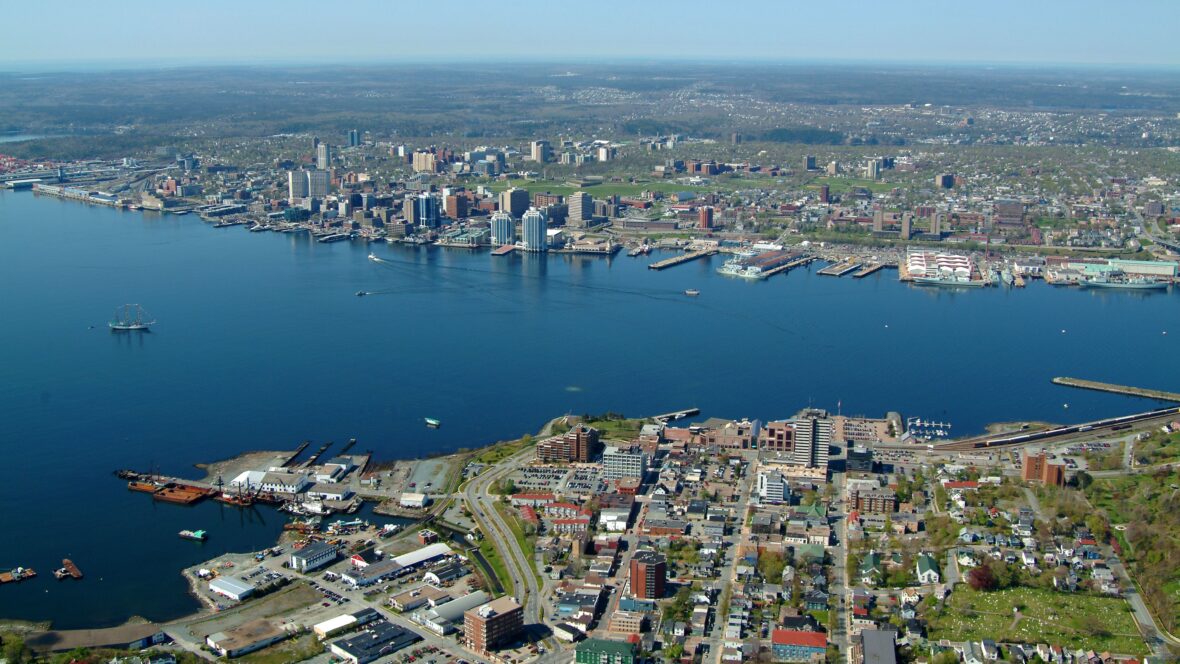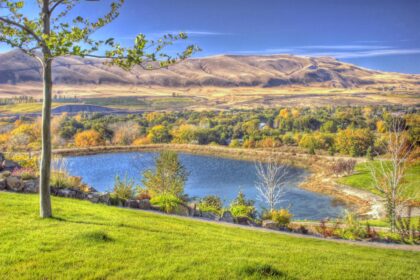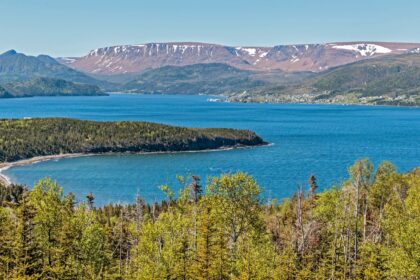Halifax, officially known as the Halifax Regional Municipality (HRM), is the capital of the Canadian province of Nova Scotia. It had a population of 403,131 in 2016, with 316,701 in the urban area centred on Halifax Harbour. Take a look below for 30 amazing and fun facts about Halifax, Nova Scotia, Canada.
1. The regional municipality consists of four former municipalities that were amalgamated in 1996: Halifax, Dartmouth, Bedford, and Halifax County.
2. Halifax is a major economic centre in Atlantic Canada, with a large concentration of government services and private sector companies.
3. Major employers and economic generators include the Department of National Defence, Dalhousie University, Saint Mary’s University, the Halifax Shipyard, various levels of government, and the Port of Halifax.
4. Agriculture, fishing, mining, forestry and natural gas extraction are major resource industries found in the rural areas of the municipality.
5. Halifax is located within the traditional ancestral lands of the Mi’kmaq indigenous peoples, known as Mi’kma’ki.
6. The Mi’kmaq have resided in Nova Scotia, New Brunswick and Prince Edward Island since prior to European landings in North America in the 1400s and 1500s to set up fisheries.
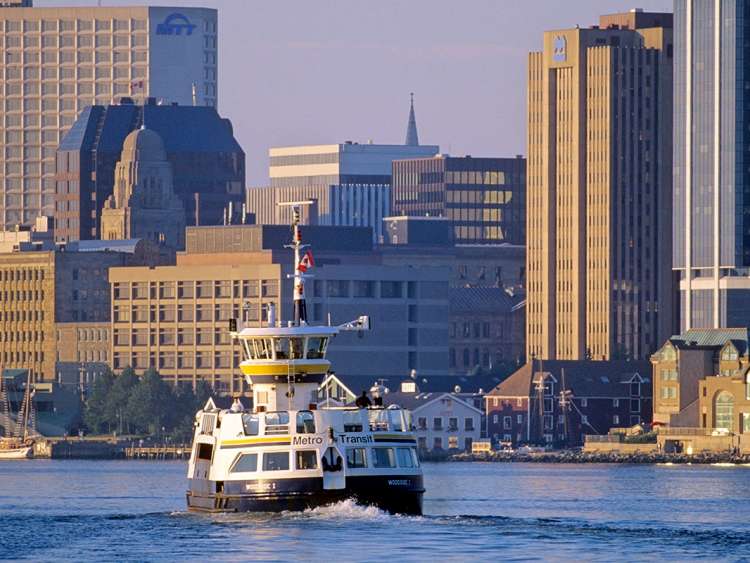
7. The Mi’kmaq name for Halifax is K’jipuktuk, pronounced “che-book-took”.
8. The first permanent European settlement in the region was on the Halifax Peninsula.
9. The establishment of the Town of Halifax, named after the 2nd Earl of Halifax, in 1749 led to the colonial capital being transferred from Annapolis Royal.
10. The establishment of Halifax marked the beginning of Father Le Loutre’s War. The war began when Edward Cornwallis arrived to establish Halifax with 13 transports and a sloop of war on June 21, 1749.
11. By unilaterally establishing Halifax, the British were violating earlier treaties with the Mi’kmaq (1726), which were signed after Father Rale’s War.
12. Cornwallis brought along 1,176 settlers and their families. To guard against Mi’kmaq, Acadian and French attacks on the new Protestant settlements, British fortifications were erected in Halifax (Citadel Hill) (1749), Bedford (Fort Sackville) (1749), Dartmouth (1750), and Lawrencetown (1754), all areas within the modern-day Regional Municipality.
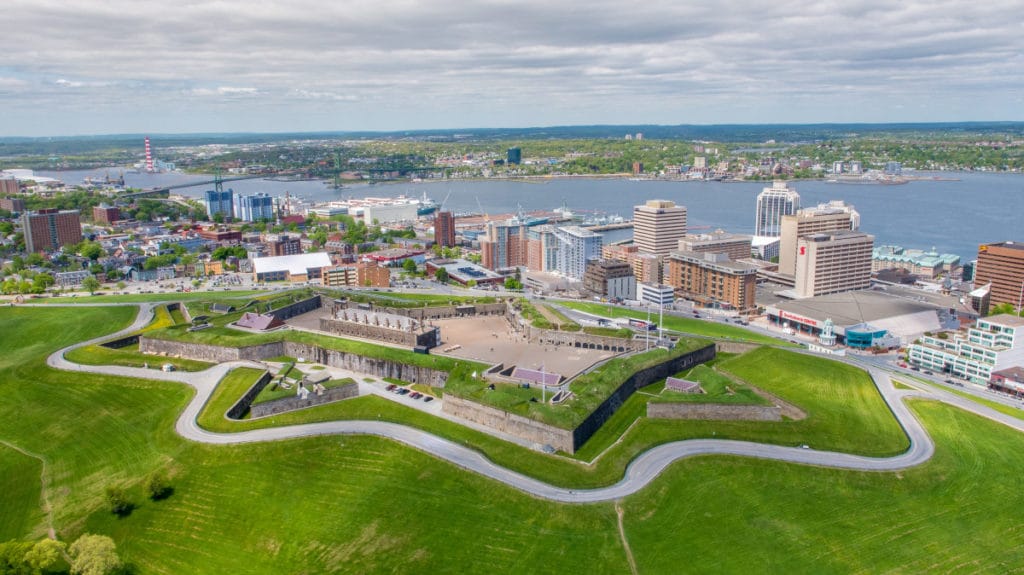
13. December 1917 saw one of the greatest disasters in Canadian history, when the SS Mont-Blanc, a French cargo ship carrying munitions, collided with the Belgian Relief vessel SS Imo in “The Narrows” between upper Halifax Harbour and Bedford Basin.
14. The resulting explosion, the Halifax Explosion, devastated the Richmond District of Halifax, killing approximately 2,000 people and injuring nearly 9,000 others.
15. The blast was the largest artificial explosion before the development of nuclear weapons.
16. The four municipalities in the Halifax urban area had been coordinating service delivery through the Metropolitan Authority since the late 1970s, but remained independent towns and cities until April 1, 1996, when the provincial government amalgamated all municipal governments within Halifax County to create the Halifax Regional Municipality.
17. The municipal boundary thus now includes all of Halifax County except for several First Nation reserves.
18. Since amalgamation, the region has officially been known as the Halifax Regional Municipality (HRM), although “Halifax” has remained in common usage for brevity.
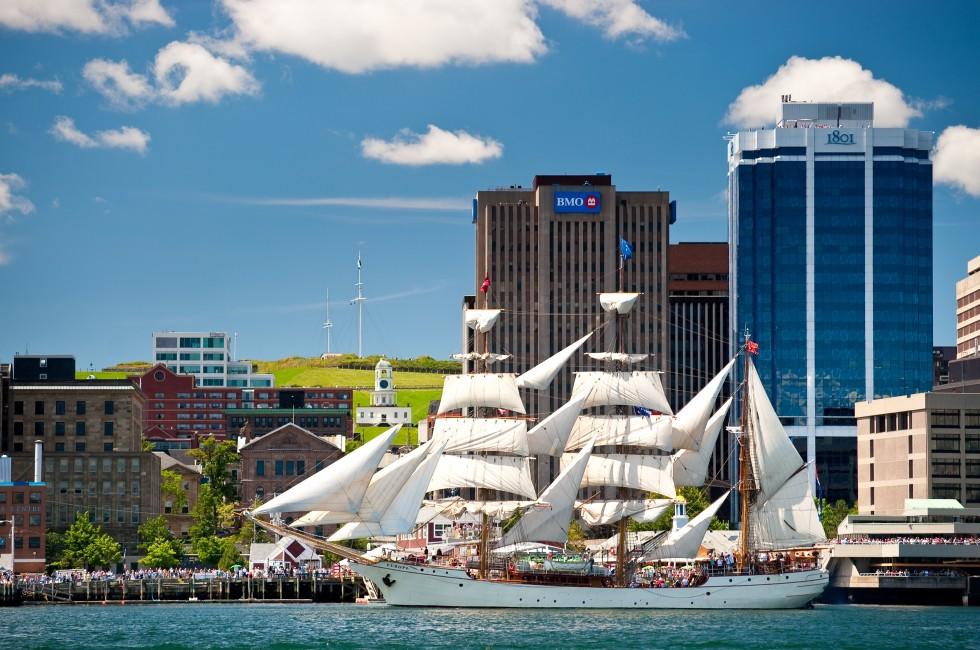
19. On April 15, 2014, the regional council approved the implementation of a new branding campaign for the region developed by the local firm Revolve Marketing. The campaign would see the region referred to in promotional materials simply as “Halifax”, although “Halifax Regional Municipality” would remain the region’s official name.
20. The proposed rebranding was met with mixed reaction from residents, some of whom felt that the change would alienate other communities in the municipality through a perception that the marketing scheme would focus on Metropolitan Halifax only, while others expressed relief that the longer formal name would no longer be primary.
21. Unlike most municipalities with a sizeable metropolitan area, the Halifax Regional Municipality’s suburbs have been completely incorporated into the “central” municipality, often by referendum. For example, the community of Spryfield, in the Mainland South area, voted to amalgamate with Halifax in 1968.
22. The Halifax Regional Municipality occupies an area of 5,490.35 km2 (2,119.84 sq mi) which is approximately 10% of the total land area of Nova Scotia.
23. There are over 200 official rural and urban communities within Halifax County that have maintained their original geographic names, including the dissolved cities of Halifax and Dartmouth and the town of Bedford.
24. Halifax’s urban core is home to a number of regional landmark buildings and retains significant historic buildings and districts. Downtown office towers are overlooked by the fortress of Citadel Hill with its iconic Halifax Town Clock.
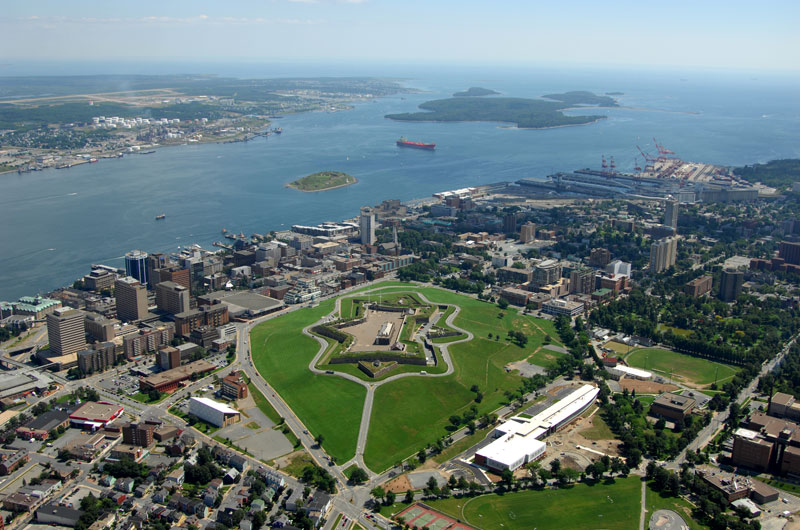
25. The architecture of Halifax’s South End is renowned for its grand Victorian houses while the West End and North End, Halifax have many blocks of well-preserved wooden residential houses with notable features such as the “Halifax Porch”. Dalhousie University’s campus is often featured in films and documentaries. Surrounding areas of the municipality, including Dartmouth and Bedford, also possess their share of historic neighbourhoods and properties.
26. The urban core is home to several blocks of typical North American high-rise office buildings; however, segments of the downtown are governed by height restrictions, known as “view planes legislation”, which prevent buildings from obstructing certain sight lines between Citadel Hill and the Halifax Harbour. This has resulted in some modern high rises being built at unusual angles or locations.
27. The Halifax area has a variety of public spaces, ranging from urban gardens, public squares, expansive forested parks, and historic sites. The original grid plan devised when Halifax was founded in 1749 included a central military parade square, the Grand Parade.
28. In the 2016 Census of Population conducted by Statistics Canada, the Halifax Regional Municipality recorded a population of 403,131 living in 173,324 of its 187,338 total private dwellings, a change of 3.3% from its 2011 population of 390,086. With a land area of 5,490.35 km2 (2,119.84 sq mi), it had a population density of 73.4/km2 (190.2/sq mi) in 2016.
29. In 2016, 15% of the population was 14 years old or younger, while 16% were 65 and older.
30. Halifax Harbour is a major port used by numerous shipping lines, administered by the Halifax Port Authority. The Royal Canadian Navy and the Canadian Coast Guard have major installations along prominent sections of coastline in both Halifax and Dartmouth. The harbour is also home to a public ferry service connecting downtown Halifax to two locations in Dartmouth. Sheet Harbour is the other major port in the municipality and serves industrial users on the Eastern Shore.

